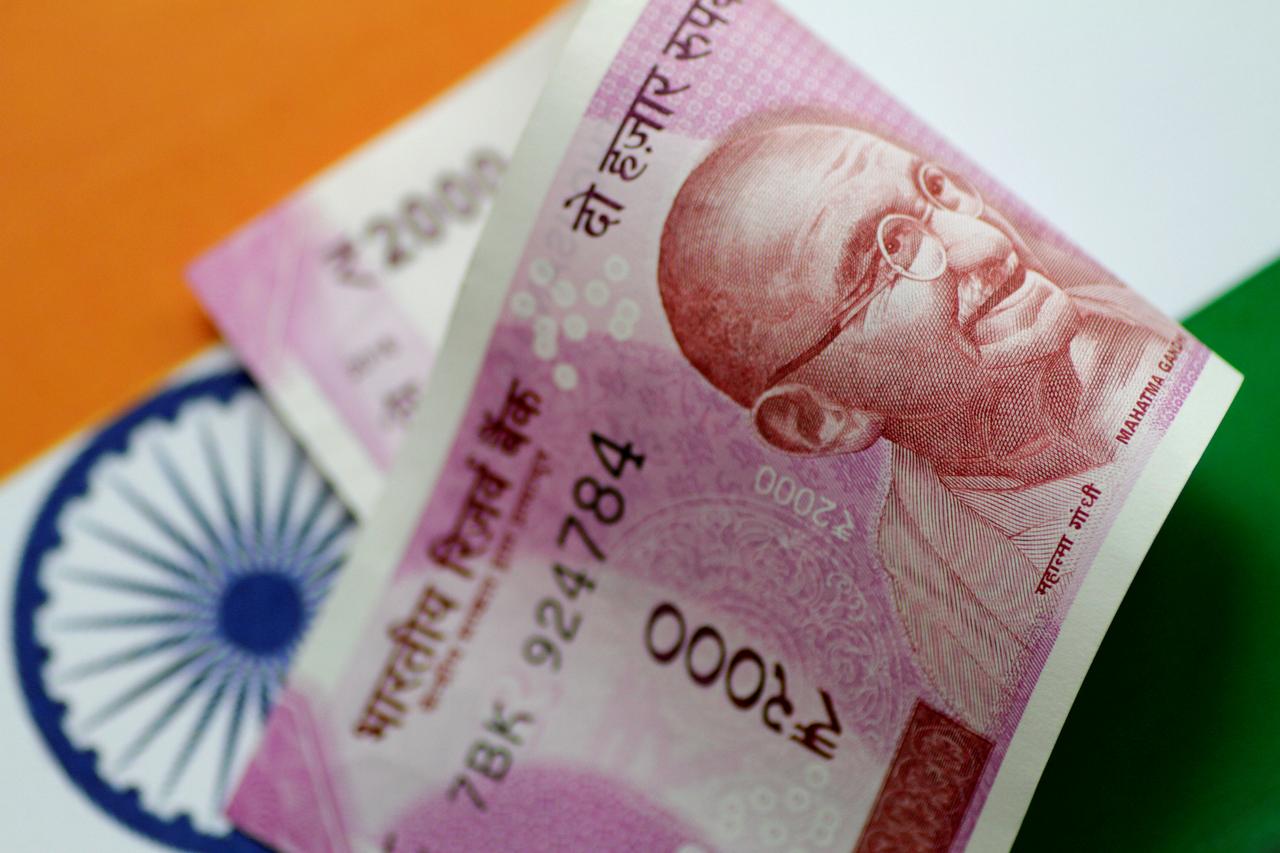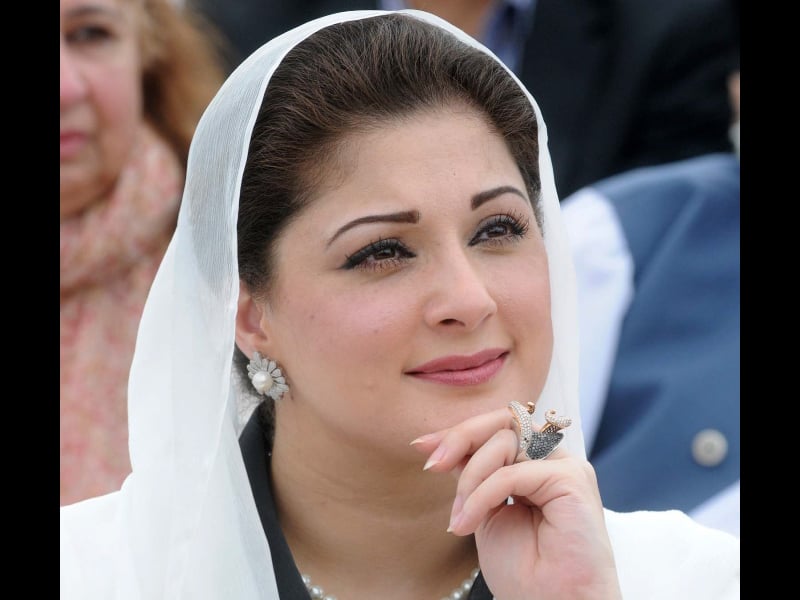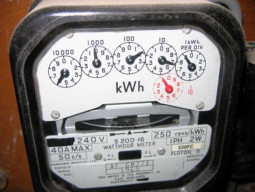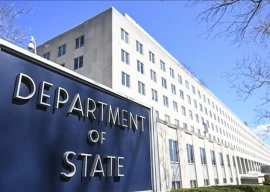
If the monetary and fiscal stimulus succeeds in pushing the economy out of its current trough, faster growth would play an important role in rebalancing the oil market in 2020.
Between 2008 and 2018, India’s oil consumption increased at an annual average rate of just over 5% or an extra 200,000 barrels per day each year.
The South Asian giant accounted for 15% of all the growth in petroleum consumption worldwide over the last decade. Only China was a more important source of incremental demand.
The health of India’s economy is therefore crucial to the evolution of the production-consumption balance, and at the moment the economy is very sick.
Like most middle-income countries, measuring the size of India’s economy and its growth rate, accurately and in real time, presents formidable challenges.
But hard data on auto sales and electricity generation point to an economy currently experiencing a severe slowdown or outright recession.
Passenger vehicle sales have been falling this year at the fastest rate for more than two decades, down by around 8% between September and November compared with the same period a year earlier, according to the Society of Indian Automobile Manufacturers.
Plunging vehicles are both a symptom of economic stagnation and contribute directly to slower growth in demand for road fuels.
Electricity generation, another real-time proxy for economic growth, is also falling at the fastest rate for well over ten years, according to data from the Central Electricity Authority.
Power consumption was down more than 7% in the three months between September and November compared with the same period a year earlier.
The slump has been so severe it has forced an aggressive policy response. The Reserve Bank of India cut its benchmark repo rate five times this year by a total of 135 basis points.
The central government has also directed banks to increase lending and cut corporate taxes to revitalise business investment.




1726222798-0/Tribune-Pic-(13)1726222798-0-165x106.webp)


















COMMENTS
Comments are moderated and generally will be posted if they are on-topic and not abusive.
For more information, please see our Comments FAQ